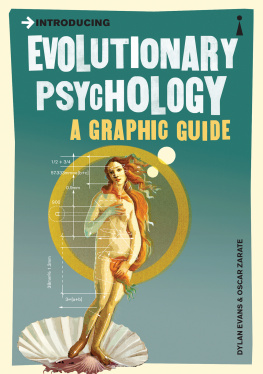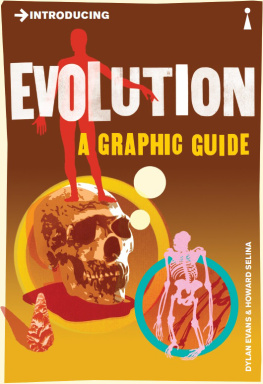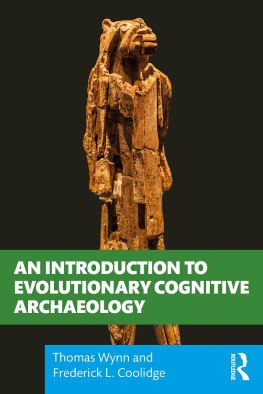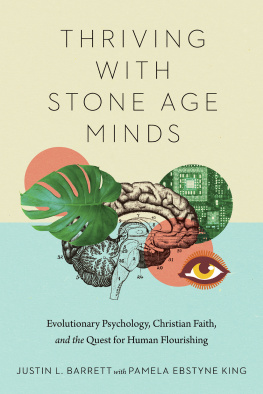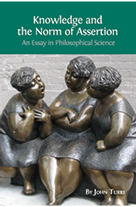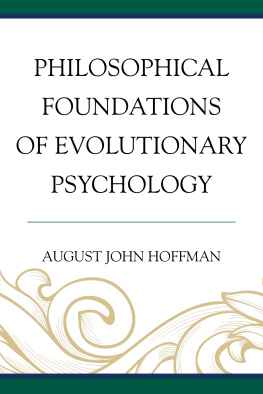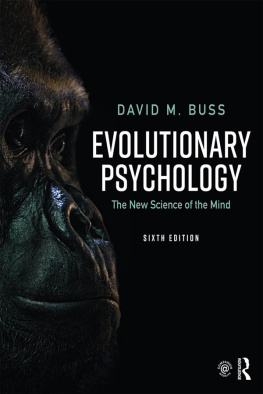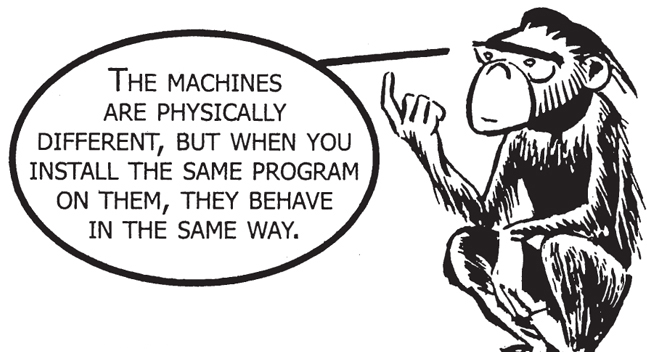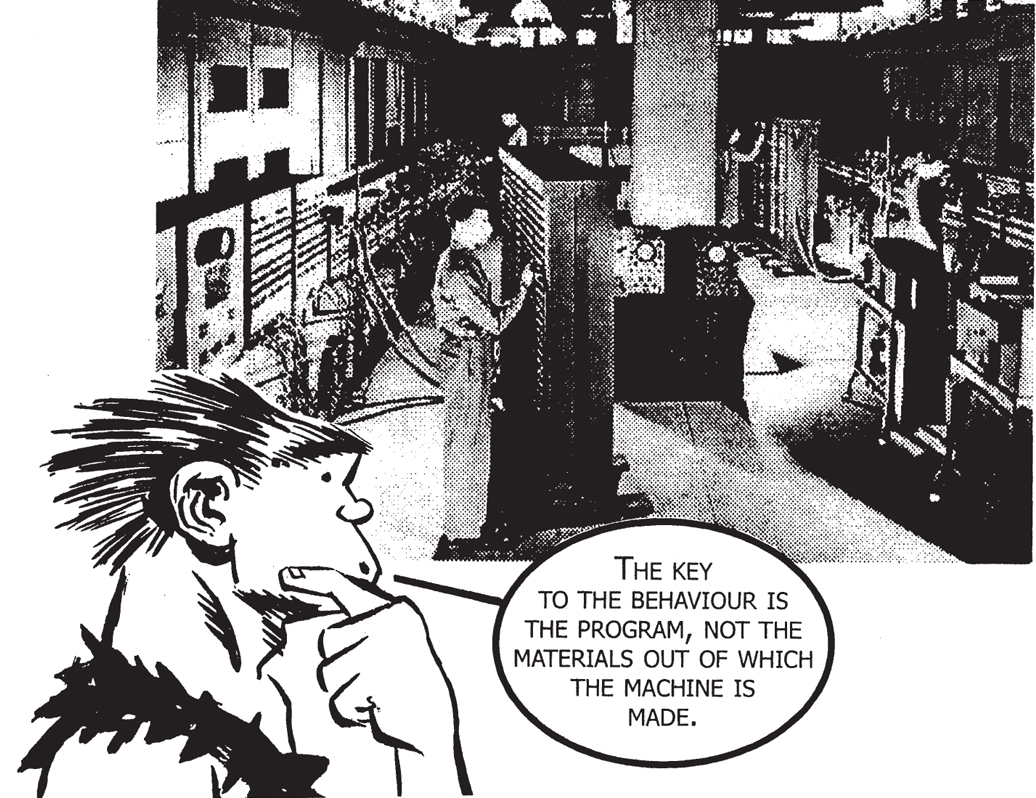Published by Icon Books Ltd, Omnibus Business Centre, 3941 North Road, London N7 9DP
Email:
www.introducingbooks.com
ISBN: 978-184831-977-6
Text copyright 2012 Icon Books Ltd
Illustrations copyright 2012 Icon Books Ltd
The author and illustrator has asserted their moral rights
Originating editor: Richard Appignanesi
No part of this book may be reproduced in any form, or by any means, without prior permission in writing from the publisher.
Contents
What is Evolutionary Psychology?
Evolutionary psychology is the combination of two sciences evolutionary biology and cognitive psychology. These two sciences are like two pieces of a jigsaw puzzle. We need both pieces if we want to understand human behaviour.
We will begin by looking at each of these sciences separately. Then we will see how evolutionary psychology puts them together to arrive at a complete scientific account of human nature.
Cognitive Psychology
Cognitive psychology is the most powerful theory of the mind ever developed. It has transformed psychology from a vague set of unclear ideas into a true science. There are two main ideas.
(1)
Actions are caused by mental processes.
(2)
The mind is a computer.
you mean, the mind is like a computer? no, and youll see why in a moment ...
Lets have a look at these two ideas in more detail.
Actions Are Caused by Mental Processes
Psychology is the science of human behaviour. It attempts to explain why humans act the way they do.
We are all amateur psychologists. We constantly offer explanations for our actions and for the actions of others. For example, when I see Jim pick up an umbrella as he leaves the house, I might explain this action in the following way.
jim thinks its going to rain, and he wants to stay dry. this kind of explanation is called a mentalistic explanation because it refers to mental processes like beliefs and desires.
When we say that Jim thought it was going to rain, we are saying that Jim had a certain belief. When we say that Jim wanted to stay dry, we are saying that Jim had a certain desire.
Behaviourist Psychology
When we explain actions by referring to beliefs and desires, we are claiming that these mental processes are the causes of our actions. This way of explaining actions in terms of beliefs and desires is so common that philosophers call it commonsense psychology or folk psychology. Folk psychology has been around for thousands of years.
In the 1920s, some psychologists claimed that folk psychology was unscientific. J.B. Watson (1878-1958) and B.F. Skinner (1904-90) argued that beliefs, desires and other mental processes were not real things. They thought that the only way for psychology to become a true science was to give up talking about such mythical entities.
it isnt necessary to refer to the mind when explaining behaviour. behaviour is not caused by thoughts, but by external stimuli.
This view is known as Behaviourism. From the 1920s until the 1960s, most psychologists were Behaviourists. During these years, most psychologists denied the existence of the mind.
In the 1960s, psychologists began to reject behaviourism. There were two main reasons for this. On the one hand, as a purely logical matter, philosophers realized that they simply could not eliminate talk about beliefs and desires from explanations of human behaviour. On the other hand, the development of computers, and work in artificial intelligence, provided a way of testing and refuting Behaviourist theories of learning.
With the abandonment of Behaviourism, it once again became acceptable for scientists to talk about the mind.
the mind is a valid scientific concept after all. this is the first main idea of cognitive psychology.
In this sense, cognitive psychology has a lot in common with folk psychology. Like folk psychology, cognitive psychology explains actions by referring to mental processes. Unlike folk psychology, however, cognitive psychology has a very precise idea of what these mental processes are they are computations. This takes us on to the second main idea of cognitive psychology.
The Mind is a Computer
The second main idea of cognitive psychology is that the mind is a computer program. But cognitive psychologists mean something very special by the term computer. Basing themselves on the pioneering work of the British mathematician Alan Turing (1912-54), cognitive psychologists define a computer as a set of operations for processing information.
in othe words, a computer is not a physical machine, but rather an abstract specification of a possible machine. a computer, in this sense, may be built in many different ways.
Many different sorts of physical machine could process information in the same way. In this case, even though the machines would have physically different designs, they would all be the same kind of computer.
So, a computer is not a piece of hardware, but a piece of software. The essence of a computer does not lie in the materials from which it is made, but in the programs it executes. In order to run a program, such as a computer game, you need a machine to run it on. But you can run the same program on different kinds of machine.
The machines are physically different, but when you install the same program on them, they behave in the same way.
the key to the behaviour is the program, not the materials out of which the machine is made.
For cognitive psychology, then, the mind is a piece of software. It is a very complicated kind of program. Cognitive psychologists can describe this program in the language of information-processing without needing to describe the details of the brain. The brain is just the physical machine that runs the program called the mind. The brain is the hardware, the mind is the software.
Metaphors of the Mind
People have often attempted to understand the mind by comparing it with the latest technology. In the past few hundred years, the mind has been described as a clock, a watch, a telegraph system, and much else. In the late 19th century,

